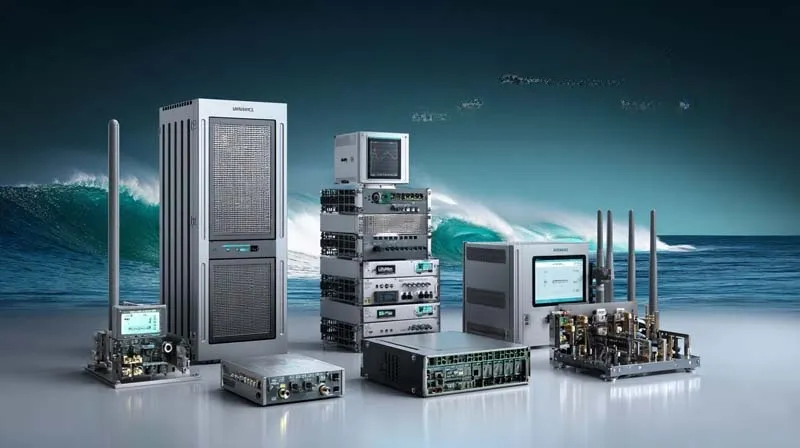The demand for high-speed data is growing fast. Yet many networks still rely on aging G.653 fiber cables. These cables struggle to support today’s bandwidth-heavy services. Replacing them is expensive and disruptive. Luckily, CWDM offers a cost-effective solution. It expands bandwidth without changing existing infrastructure.
What Is CWDM? Efficient Expansion at Lower Cost
CWDM (Coarse Wavelength Division Multiplexing) allows multiple signals on one fiber. It sends data through different wavelengths of light. Each wavelength acts like a separate channel.
Unlike DWDM, CWDM uses wider channel spacing (20nm). This reduces system complexity and lowers costs. It is ideal for short- and medium-distance transmission.
CWDM uses passive devices with no need for power. Installation is fast. Operation is stable. It’s plug-and-play, simple, and efficient.
The G.653 Challenge and CWDM’s Perfect Match
G.653 fiber was designed for long-distance transmission using a single wavelength. It performs well at 1550nm. But it has poor compatibility with DWDM. DWDM causes interference on G.653 due to four-wave mixing.
CWDM avoids this problem. It uses wider channel spacing and lower power lasers. These features bypass the G.653 cable’s limitations.
Even better, CWDM boosts capacity dramatically. One fiber pair can support 8 or even 16 channels. There’s no need to replace the cable. This makes CWDM the ideal upgrade tool.
Five Key Benefits of CWDM in Old Cable Expansion
1. Fast Deployment, No Downtime
CWDM installs on both ends of existing fiber. No rewiring needed. Network interruption is minimal.
2. Big Bandwidth Boost
CWDM expands a single pair of fibers into many channels. Capacity increases by up to 16 times.
3. Lower Cost, Higher ROI
CWDM equipment is cheaper than DWDM. It uses less power. Maintenance is simple and affordable.
4. Wide Compatibility
CWDM works well with G.652, G.653, and other old cables. It avoids fiber dispersion issues.
5. Green and Easy to Maintain
CWDM devices are passive. They don’t need electricity or cooling. That saves power and labor.
Where CWDM Works Best
Metro and Data Center Links
Expand bandwidth in crowded urban networks with limited fiber.
Broadcast and Government Networks
Carry video, voice, and data together on existing lines.
Remote and Mountain Areas
Use CWDM to extend capacity without laying new fiber.
Industrial Parks and Campuses
Add channels quickly using current infrastructure.
CWDM Supports Future-Ready Networks
New technologies like 5G, IoT, and edge computing are fiber-hungry. Networks must evolve fast.
CWDM helps build scalable networks. It supports FTTx, 5G backhaul, and smart cities. Its flexibility and low cost make it future-proof.
HTF: Leading the Way in CWDM Solutions
Behind successful CWDM systems, you’ll often find HTF. We are a global provider of optical fiber and WDM solutions.
Our team has over 10 years of R&D and manufacturing experience. We help clients design, build, and optimize their fiber infrastructure.
HTF supports data centers, 5G, cloud networks, metro rings, and access networks.
Our HT6000 platform is a compact, high-capacity CWDM/DWDM transport system. It supports transparent transmission for multiple services. Its modular design enables flexible deployment.
HT6000 meets over 1.6T of core node capacity. It serves national, provincial, and metro backbone networks. It’s one of the most cost-effective WDM platforms in the industry.
Choose HTF for scalable, reliable, and smart optical transport solutions.





